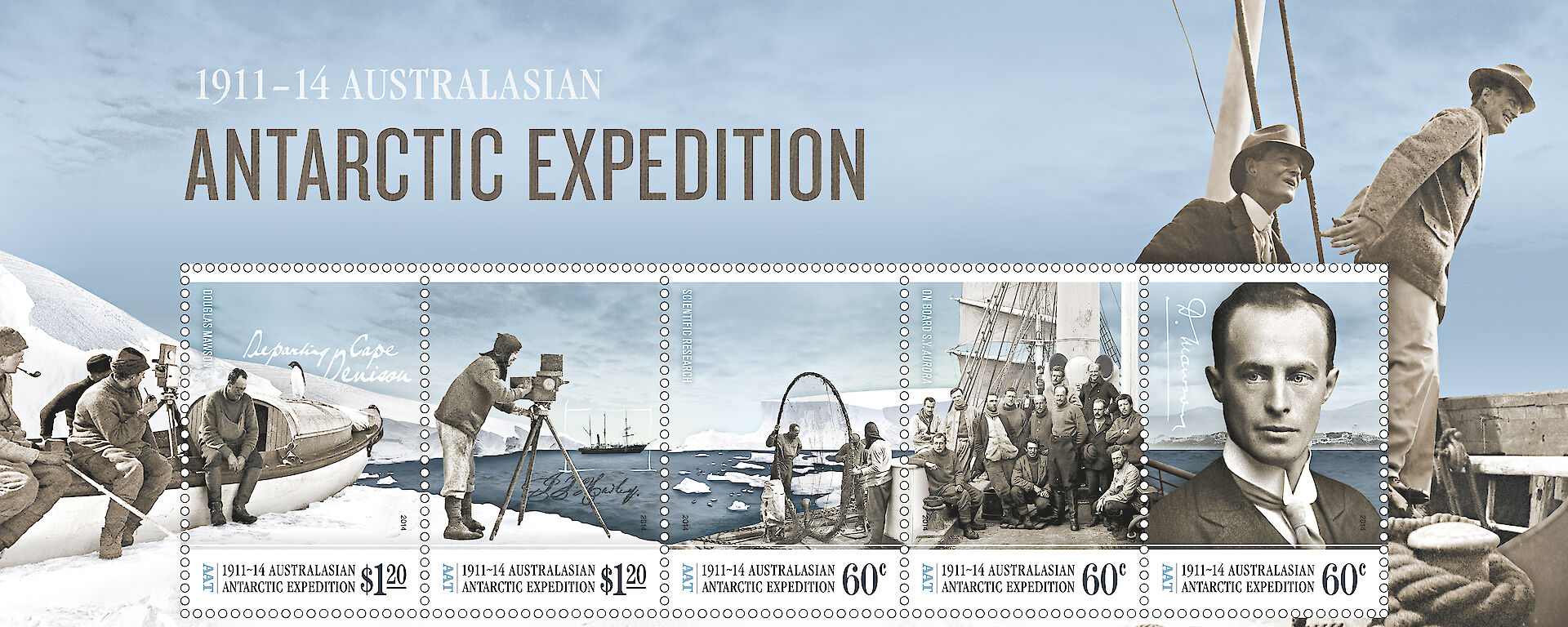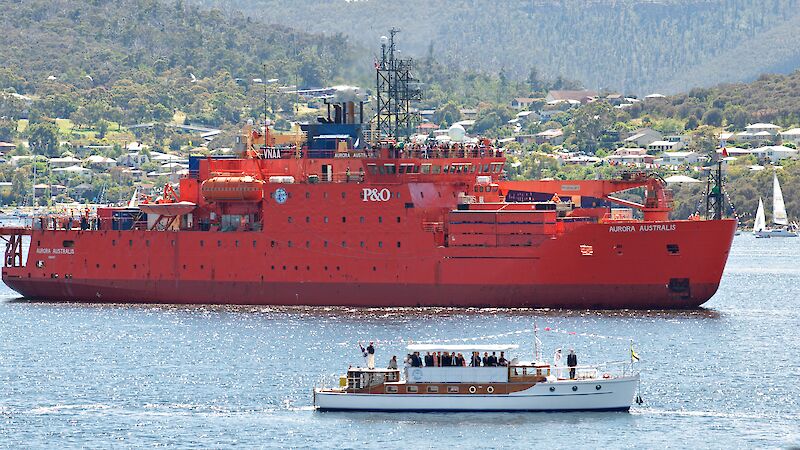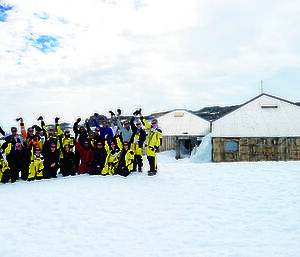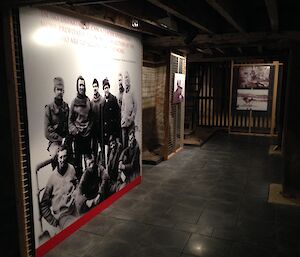February 26, 2014, marked the close of an important chapter in Australia’s Antarctic history — 100 years since Australian geologist, Dr Douglas Mawson, returned from his two year Australasian Antarctic Expedition (AAE).
The Australian Antarctic Division celebrated the occasion with the opening of a photographic exhibition of ‘Mawson’s Men’ at the Tasmanian Museum and Art Gallery. The exhibition provided a glimpse into the day-to-day life and work of the 32 men of the AAE. The following is an edited version of a speech by Australian Antarctic Division Strategies Branch Manager, Jason Mundy, to guests attending the exhibition.
It was a bitter-sweet homecoming for Mawson, having personally witnessed the death of two of his friends and colleagues, Belgrave Ninnis and Xavier Mertz, during a sledging journey from Cape Denison to map distant coastline. But he and the crew of the Aurora received a hero’s welcome on their return to Adelaide on 26 February 1914. In the words of Captain John King Davis:
As the Aurora drew near her berth we saw that the shore was white with people. The temperature was high in the eighties and many of the men stood in their shirt sleeves, while the women wore light skirts and blouses, with big wide hats, and carried gaily-coloured parasols. A heaving line flaked through the air and fell upon the forecastle-head. Then the cheering broke out. As the mooring lines were drawn ashore and secured to the bollards, the cheers rang out louder and louder. In a moment one could hardly hear… I turned to Blair upon the forecastle, having to use a megaphone in order to be heard above the noise, ‘Vast heaving! And make fast!’ We were home.
Despite the ill-fated events of the AAE, scientifically the expedition achieved so much.
In the cause of science the men of the AAE, based at Macquarie Island, Cape Denison and the Shackleton Ice Shelf, made breakthroughs in Antarctic geology, biology, meteorology, magnetism and oceanography. The expedition sent sledging parties across more than 4000km of unknown country and their ship sailed 3000km of unmapped coastline.
The results of their scientific work filled volumes — daily observations of temperature, barometric pressure, humidity, snow fall, wind speed and direction, daily magnetic and tide observations; hard-won against the cold and wind. And they described the geology and plant and animal life of Cape Denison.
The AAE laid the foundation for Australia’s modern Antarctic program and by claiming what was then known as the ‘Australian Quadrant’ of Antarctica, Mawson established the foundations for the future Australian Antarctic Territory.
The 2011–14 centenary inspired a host of community events across the country and drew focus to Australia’s historical and modern Antarctic interests.
The centenary celebrations began in Hobart in spectacular fashion, with a re-enactment, on 2 December 2011, of Mawson’s departure for Antarctica. The Governor General, Ms Quentin Bryce, was in attendance, as a flotilla of cruise ships, yachts and small boats accompanied our modern-day icebreaker, Aurora Australis, down the Derwent River; just as Mawson had done 100 years previously, aboard the Aurora.
On 16 January 2012 the Australian Antarctic Division honoured the achievements of the AAE with a commemorative voyage to Commonwealth Bay, led by Director Dr Tony Fleming. In a small ceremony outside Mawson’s Huts, modern day expeditioners raised the Australian flag and installed a time capsule, to be opened 100 years from now. The event was held four days after Mawson and some of his companions spent their first night ashore a century earlier, after arriving at the continent on 8 January 1912.
Many other special events and activities were held over the centenary period. These included a commemorative dinner hosted by the Governor General as patron of the Mawson’s Huts Foundation; the opening of the Mawson’s Men photographic exhibition at Parliament House; and the construction of a replica of Mawson’s Huts, which now sits near the Hobart waterfront.
The Australian Antarctic Division and the Mawson’s Huts Foundation have also continued work to preserve the Mawson’s Huts historic site in Antarctica, with a new management plan for the site finalised in 2013.
Perhaps most significantly, the centenary has inspired a vibrant discourse on the nature of Mawson’s achievements and Australia’s interests in Antarctica, including the production of a large number of books, diaries, exhibitions, seminars, musical events, stamps and coins.
Clearly these events reflect a continuing recognition by Australians of the role of Mawson and his men and the significance of the AAE. Australia’s place in the modern world, and particularly our place in Antarctica, has been shaped by the tenacity and endurance of great Australians such as Mawson.
Strategies Branch, Australian Antarctic Division





